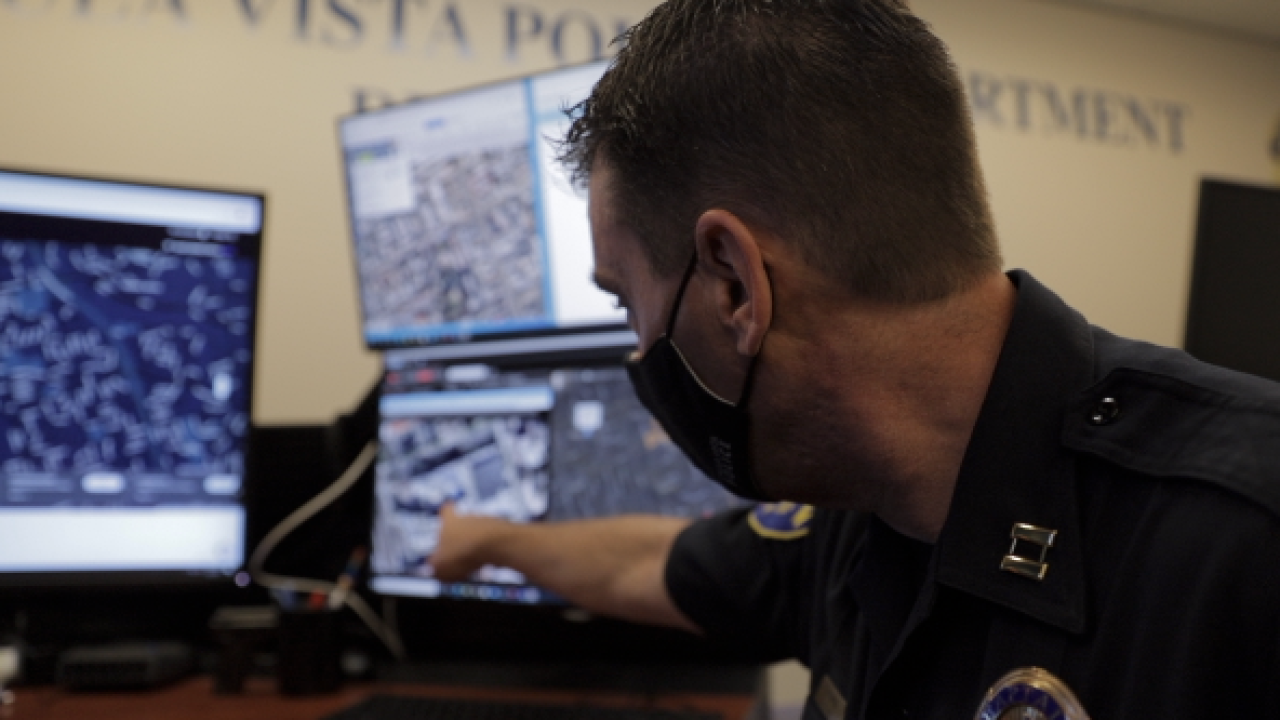CHULA VISTA, Calif. — Cities across the country are answering calls for police reform, banning controversial tactics, and slashing police budgets.
A Southern California police department is taking a different approach, using drones to earn the public's trust.
“Most agencies that have drone programs, they have the traditional drone in the trunk, where the officer responds to a call for service. They see a drone may be needed, they launch it," said Captain Don Redmond, a support operations captain for the Chula Vista Police Department (CVPD) "We wanted to be proactive in how we responded with our drones."
Redmond says they're using drones as a tool for de-escalation, arming officers with information. Drones are only launched in response to calls for service; surveillance is prohibited.
“We have heard the national message that law enforcement needs to do things differently," said Capt. Redmond.
The department spent years developing its Drone as First Responder (DFR) program. They formed a committee in 2015, studying best practices, policies, and procedures for the use of drones in law enforcement.
“We had a drone program for about a year before we ever bought a drone. We reached out to the public, we reached out to the ACLU, we developed policies," said Capt. Redmond.
CVPD was the only law enforcement agency selected for the FAA's Integration Pilot Project, a federal initiative designed to help integrate drones into the National Air Space.
“We are the only agency in the entire country to be staging drones and launching them for calls for service, for emergencies," said Capt. Redmond.
Perched on tall buildings, the drones are prepped and ready to respond to calls. Like a self-driving car, the drone can get to a scene with the push of a button.
The drone is often the first to arrive, live streaming video to officers in real-time.
Agent Matt Hardesty, a DFR teleoperator, decides which calls to send the drone to.
“I can hear something, the urgency, and can typically be on scene in 120 seconds, many times before the call is typed and entered into the dispatch center," said Agent Hardesty.
A 27-year veteran of the force, officers in the field rely on his experience to get the most accurate information in fast-moving situations.
“It is probably by far the best de-escalation tool I’ve ever seen in my career," said Hardesty. "We get calls of people possibly armed, and with the powerful camera I’m able to zoom in and be able to see if their hands are empty and be able to let officers on the ground know.”
In 2019, the drone responded to a report of a man waving a handgun outside a taco shop. Within 90 seconds, Agent Hardesty had eyes on the suspect.
Through the live stream, officers confirmed the suspect was holding what looked to be a gun but saw he was sitting down and not threatening anyone.
“As we watched him with the drone footage, and the officers watched, they soon saw him take that handgun and light a cigarette and we realized it was a lighter," said Capt. Redmond. "So, officers immediately made contact. No guns were drawn. No shooting.”
The department launches drones from two locations and is working with the FAA to establish three more. Redmond says this would give the department 100 percent coverage of the city.
The agency is also the first to live stream 911 calls directly to officers.
“As opposed to getting the paraphrase of what the caller told the call-taker, who then tells the dispatcher, who paraphrases it and gives the officers just a small amount of information," said Redmond.
Officers get information quickly and can make decisions based on what they see and hear minutes before arriving at a call.
Agencies in the U.S., and around the world, are now looking to adopt the drone program. But innovations designed to rebuild trust can also sow mistrust in communities.
More than just technology, agencies must invest in transparency, which Redmond says has been the key to their program's success.




